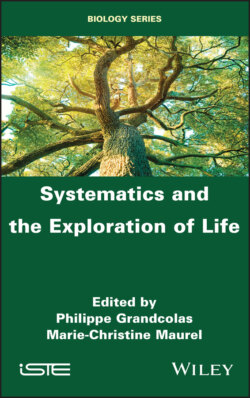Читать книгу Systematics and the Exploration of Life - Группа авторов - Страница 26
2.4. Effect on overall structure and function
ОглавлениеFrom a structural point of view, the effect of an amino acid substitution is difficult to model because the effects can be drastic. A striking example is the L16A mutation (leucine 16 replaced by alanine) of a DNA-binding protein of Drosophila melanogaster, located in the homeodomain, which profoundly modifies the structure of the native protein while maintaining the three helices (Religa et al. 2005) (Figure 2.3).
However, the link between the structural change and functionality, or disease is not obvious or systematic. For example, in the case of human lysozymes with many known structures, two natural mutants, D67H and I56T, form amyloid fibrils in the extracellular space of multiple organs and tissues, resulting in non-neuropathic systemic amyloidosis. In the case of the D67H mutation (Figure 2.4(a)), the structure of the lysozyme is highly disrupted in two of its loops, while the structure of the I56T mutant (Figure 2.4(b)) appears little disrupted, as shown by the structures of the mutants superimposed on that of the native lysozyme. Nevertheless, without attempting to predict whether a mutation will be pathogenic or not, the modeling of the effect of a mutation on a protein has been proposed by assessing the variation in its stability.
Figure 2.3. a) DNA binding protein of Drosophila melanogaster (PDB code 1enh); b) L16A mutant of the same protein (PDB code 1ztr). The mutated position is shown with its side chain. For a color version of this figure, see www.iste.co.uk/grandcolas/systematics.zip
Figure 2.4. a) Superimposed structures of the D67H mutant (green, PDB code 1lyy) and the native structure (blue, PDB code 2nwd) of the human lysozyme; b) superimposed structures of the I56T mutant (orange, PDB code 1loz) and the native structure (blue, PDB code 2nwd) of the human lysozyme. The mutated positions are represented with their side chains. For a color version of this figure, see www.iste.co.uk/grandcolas/systematics.zip
